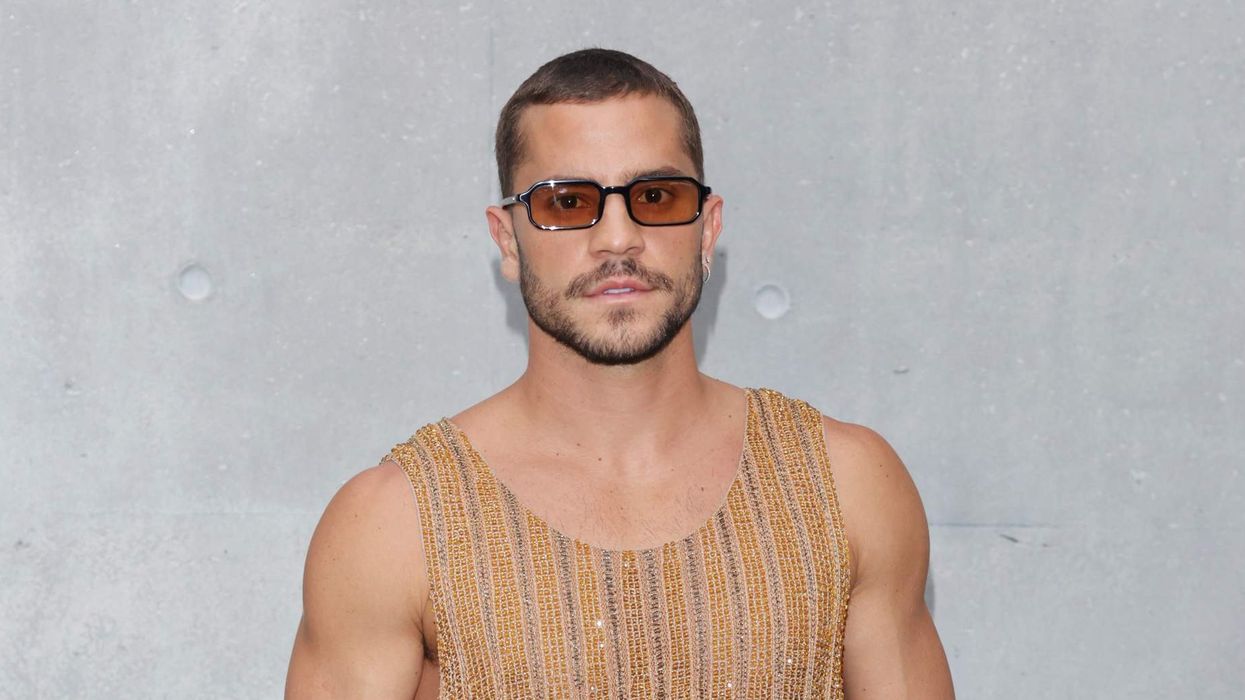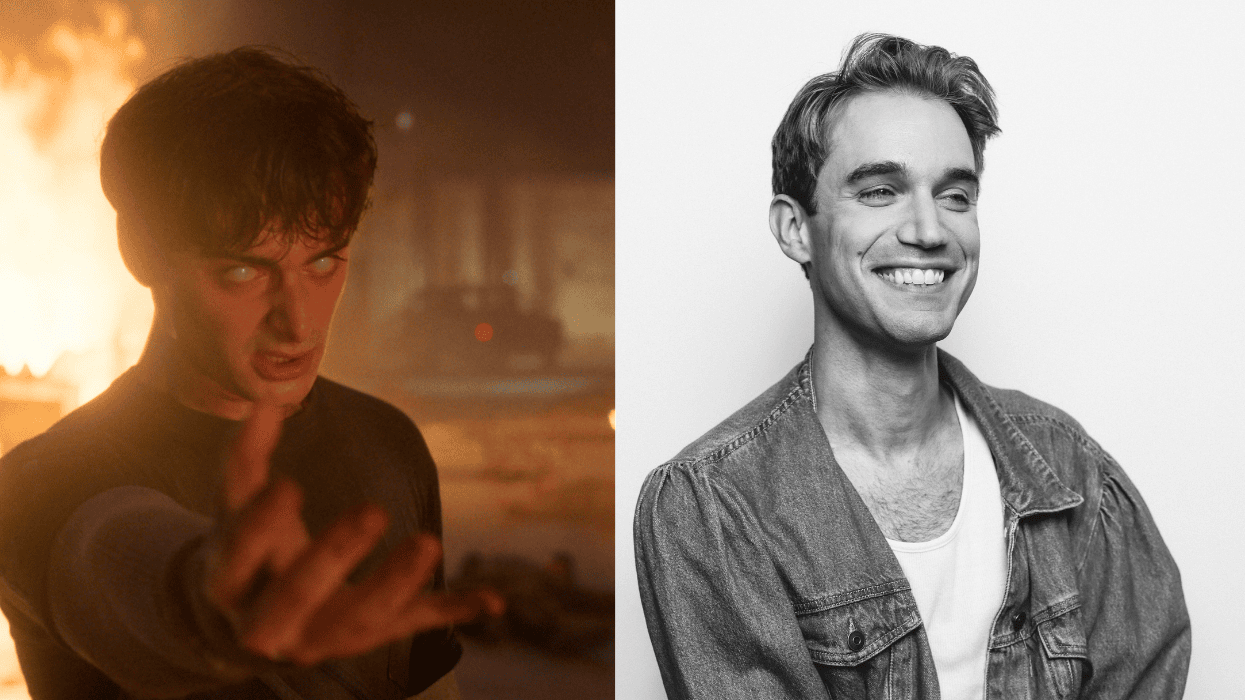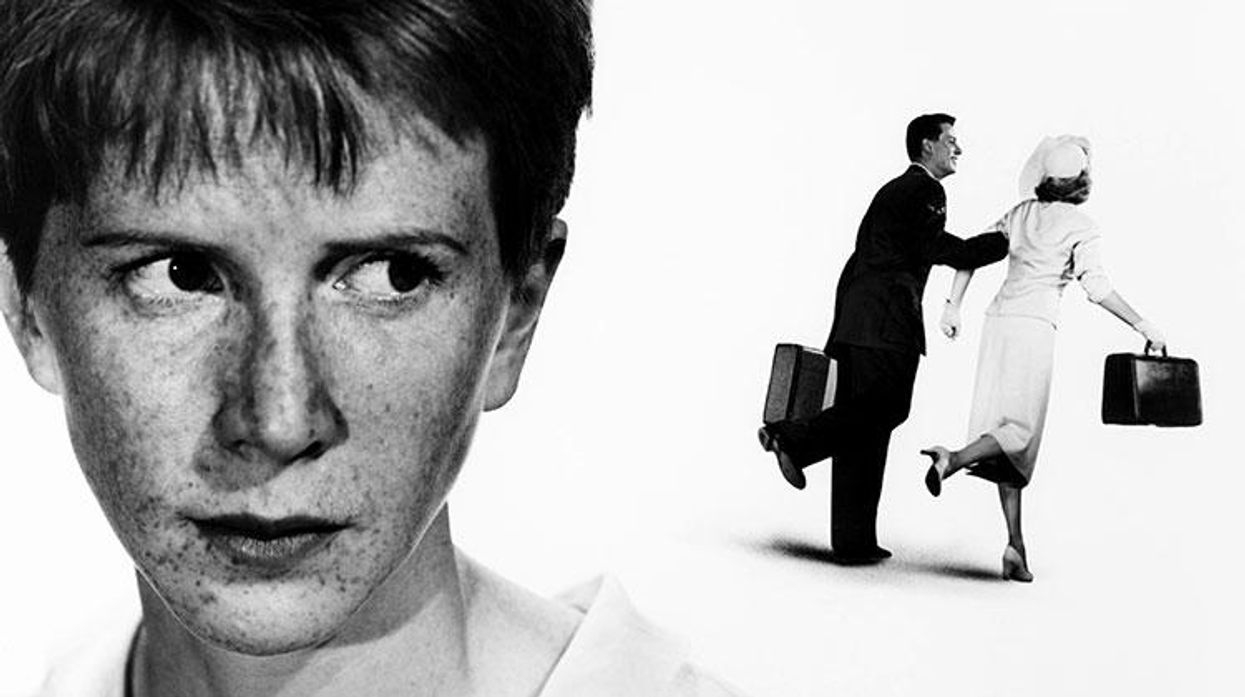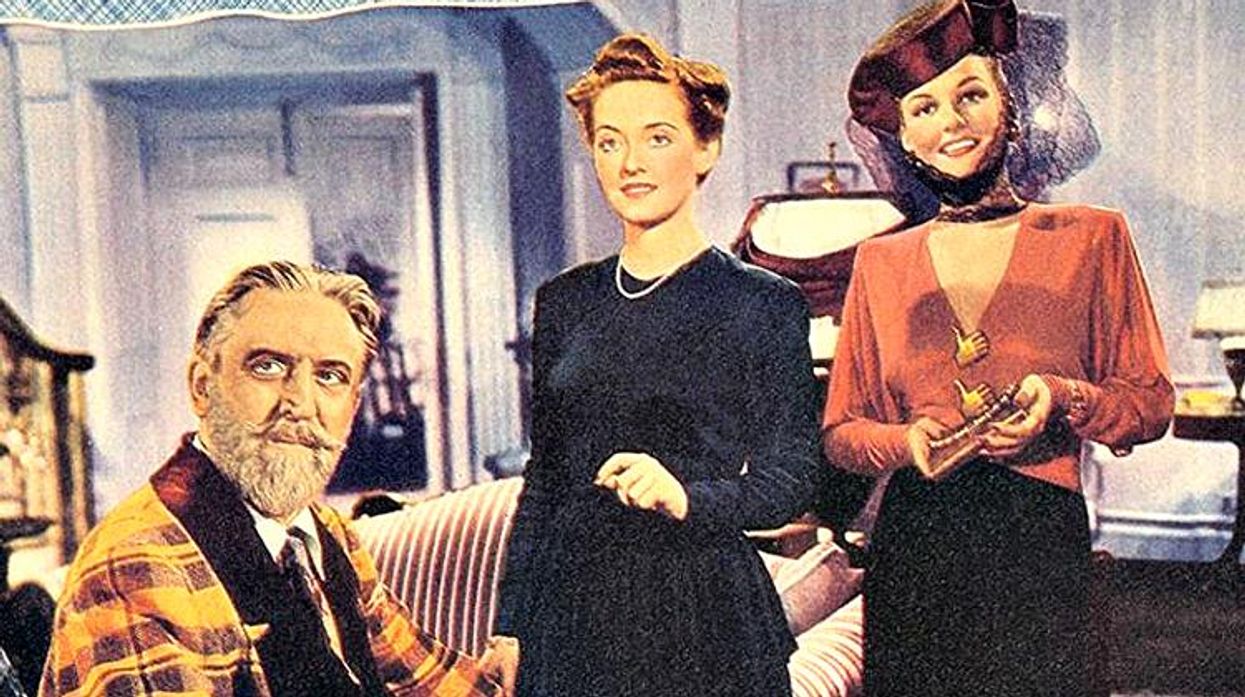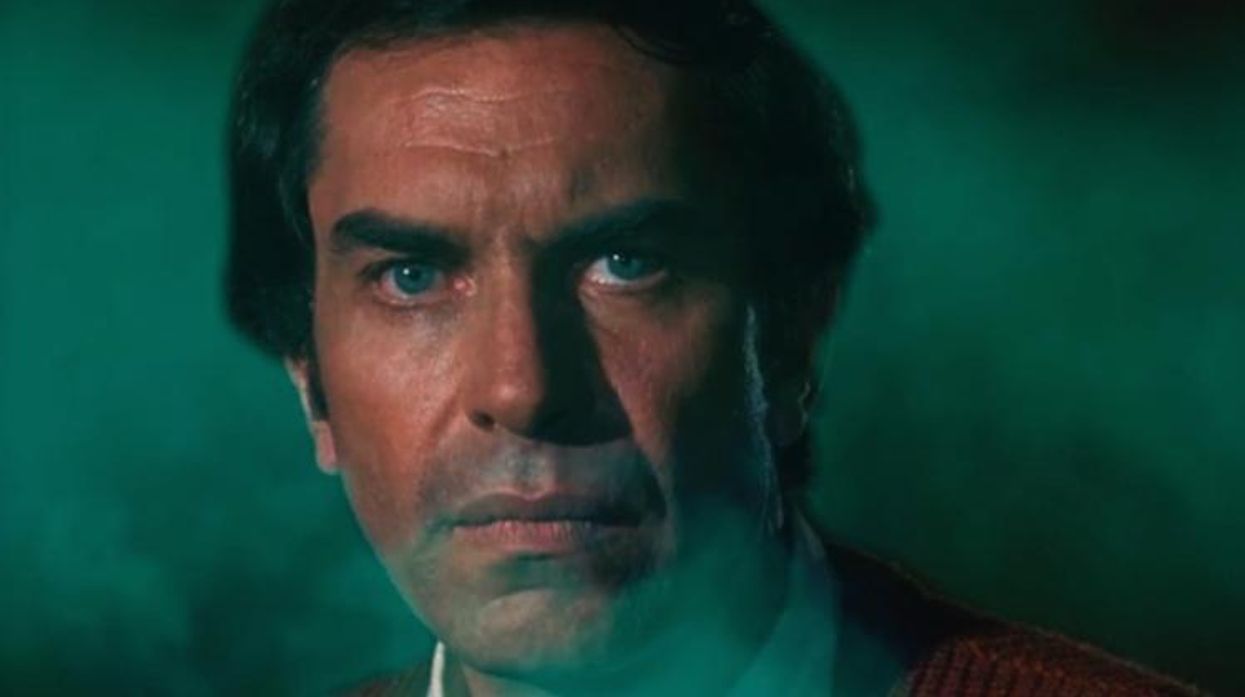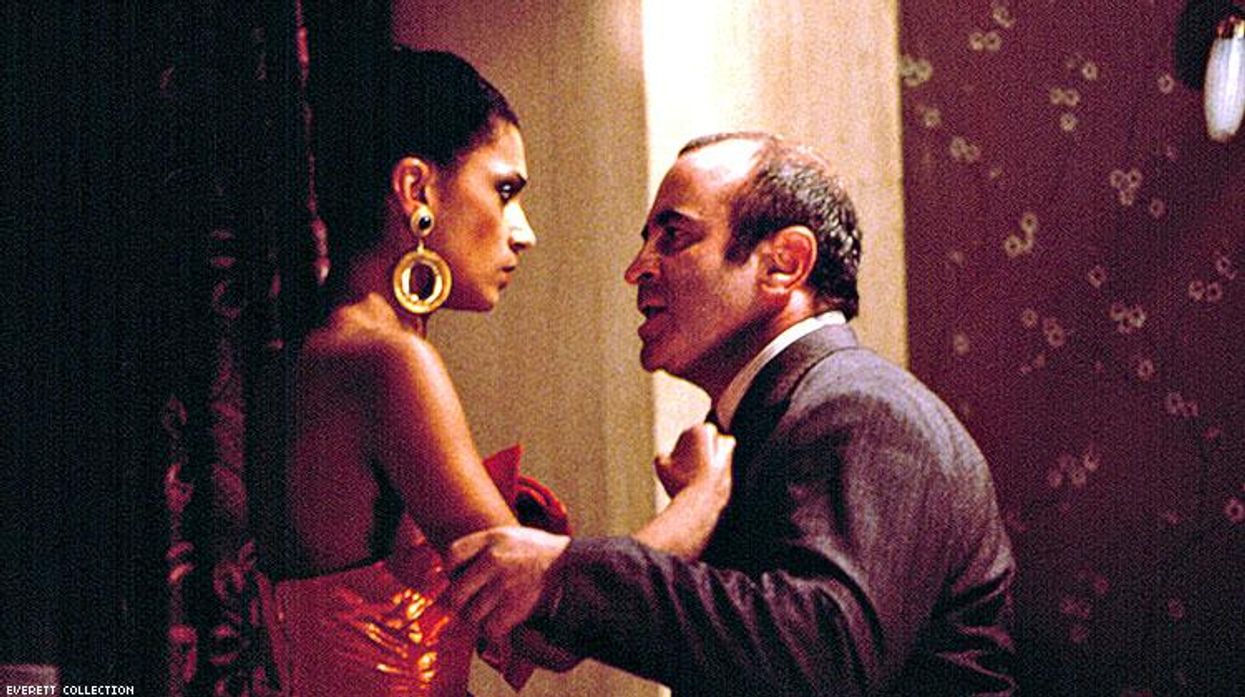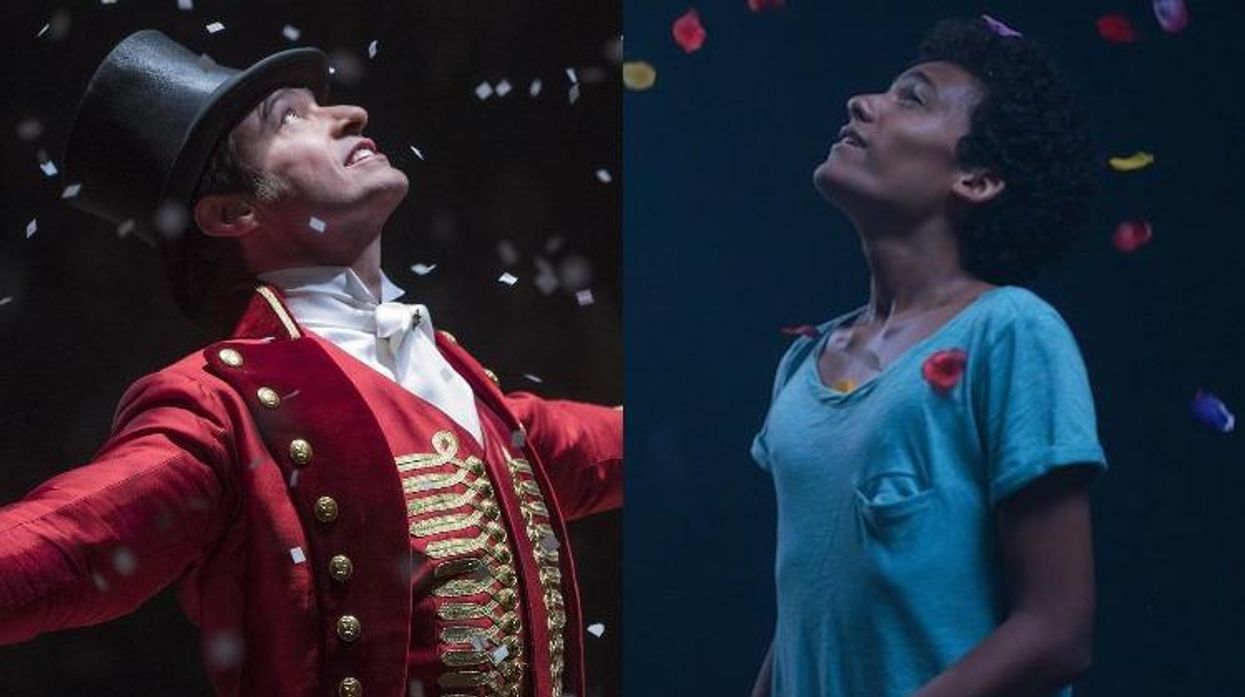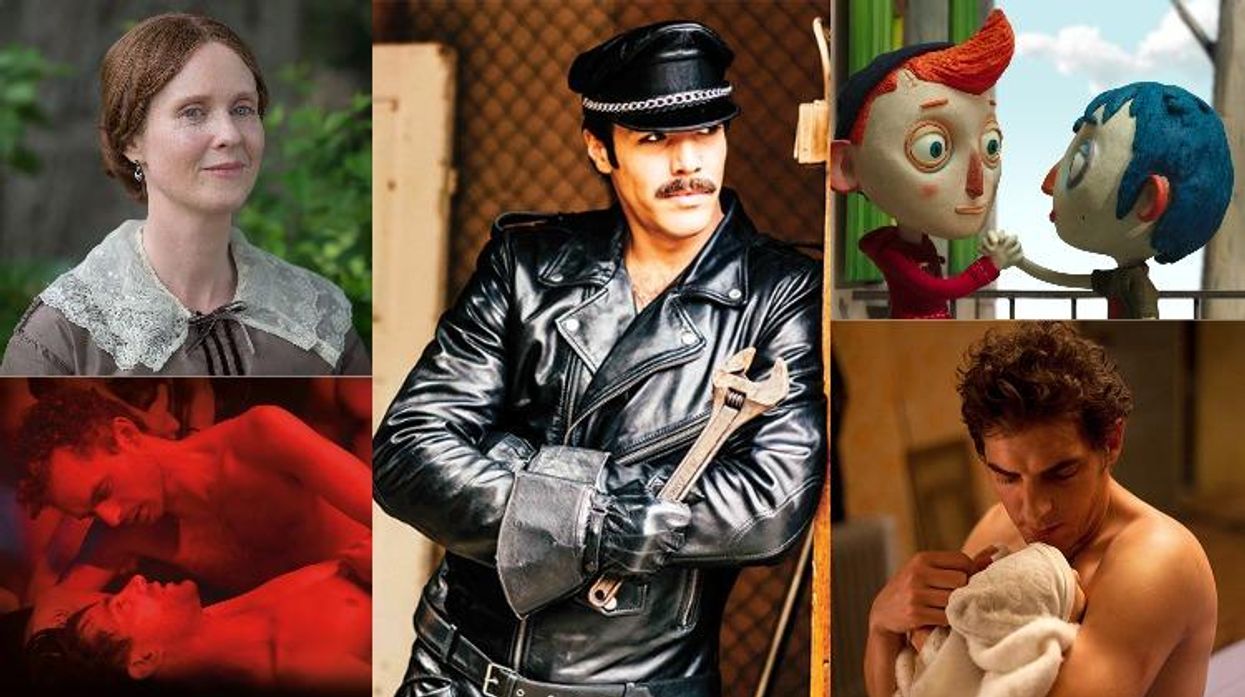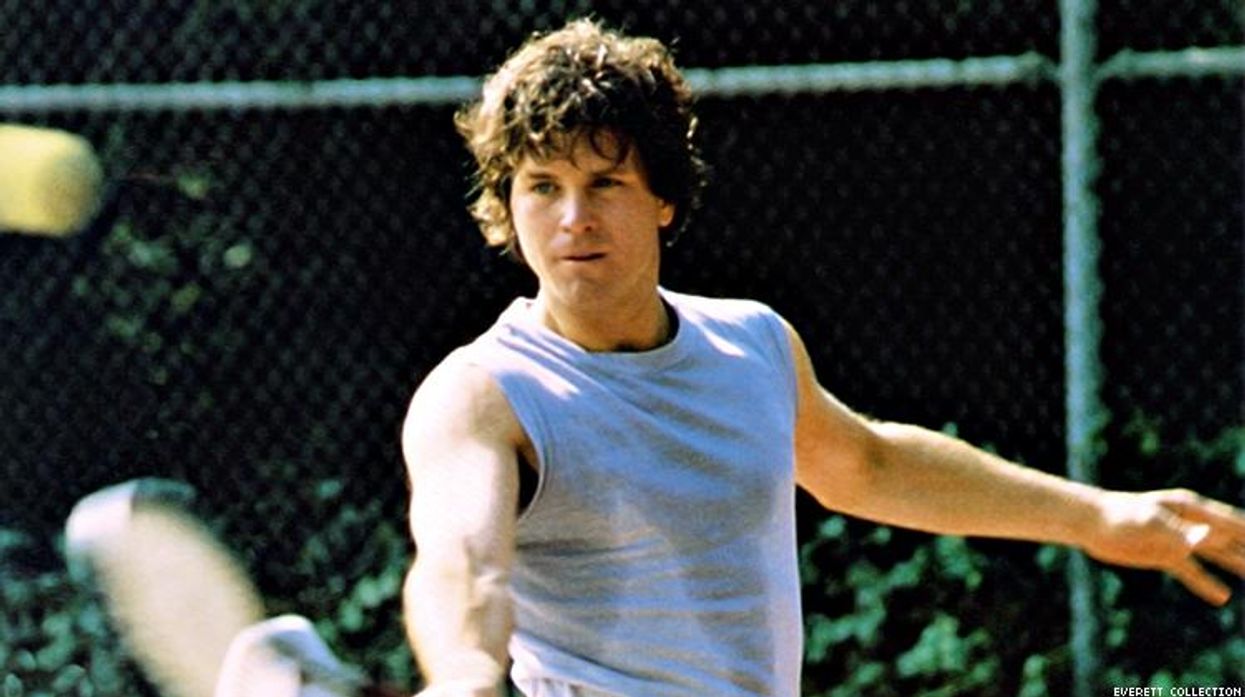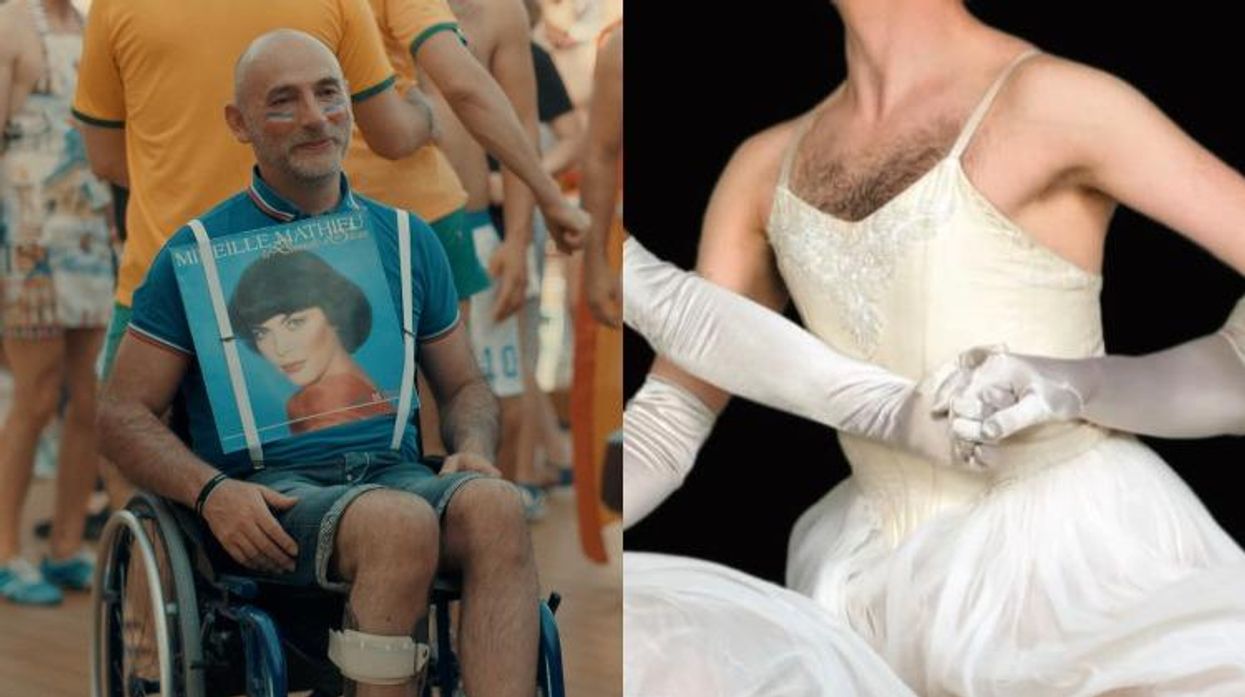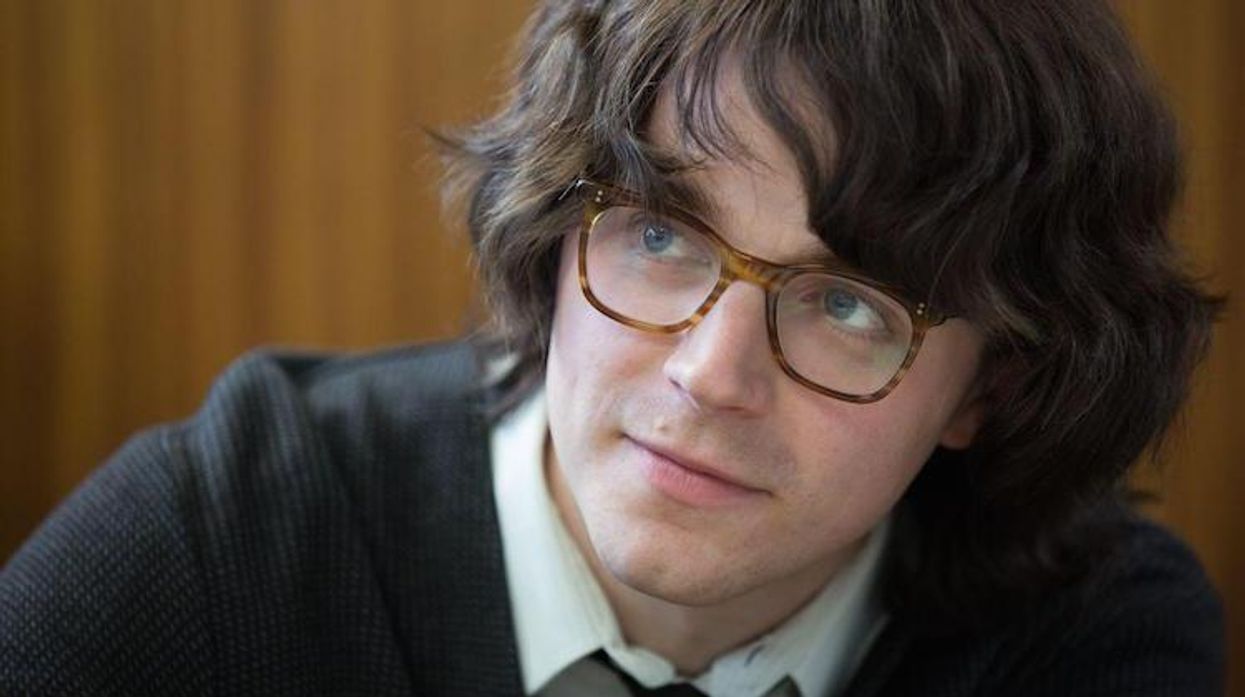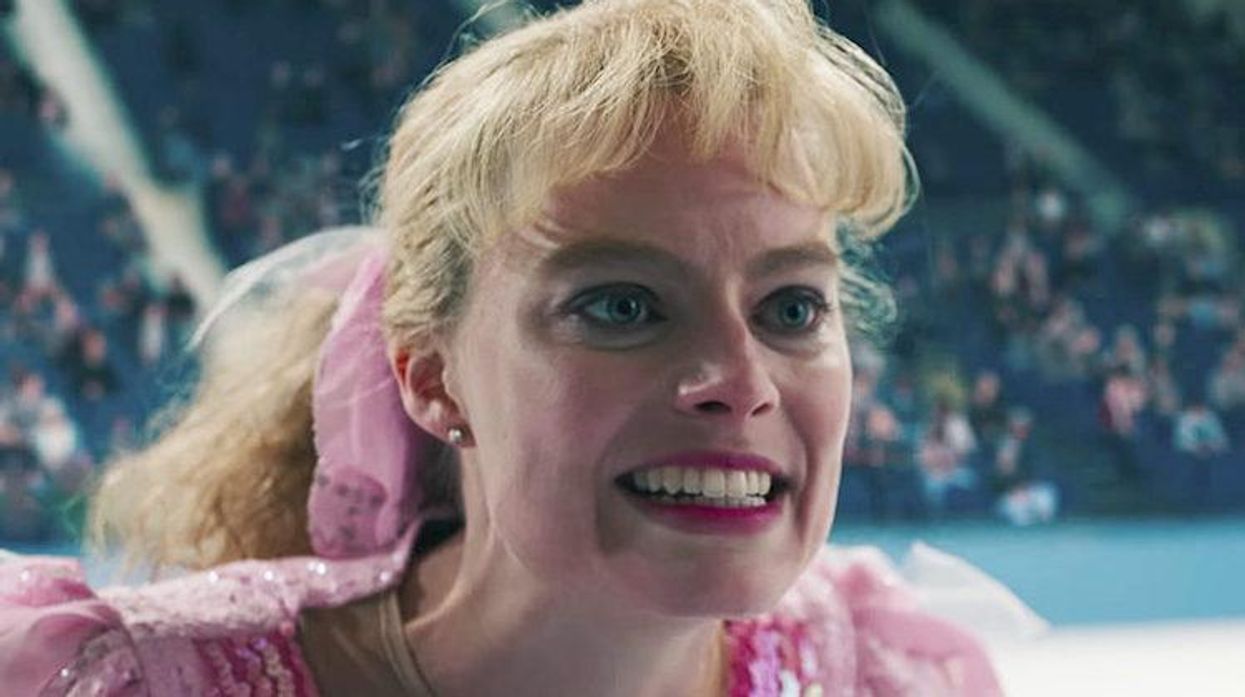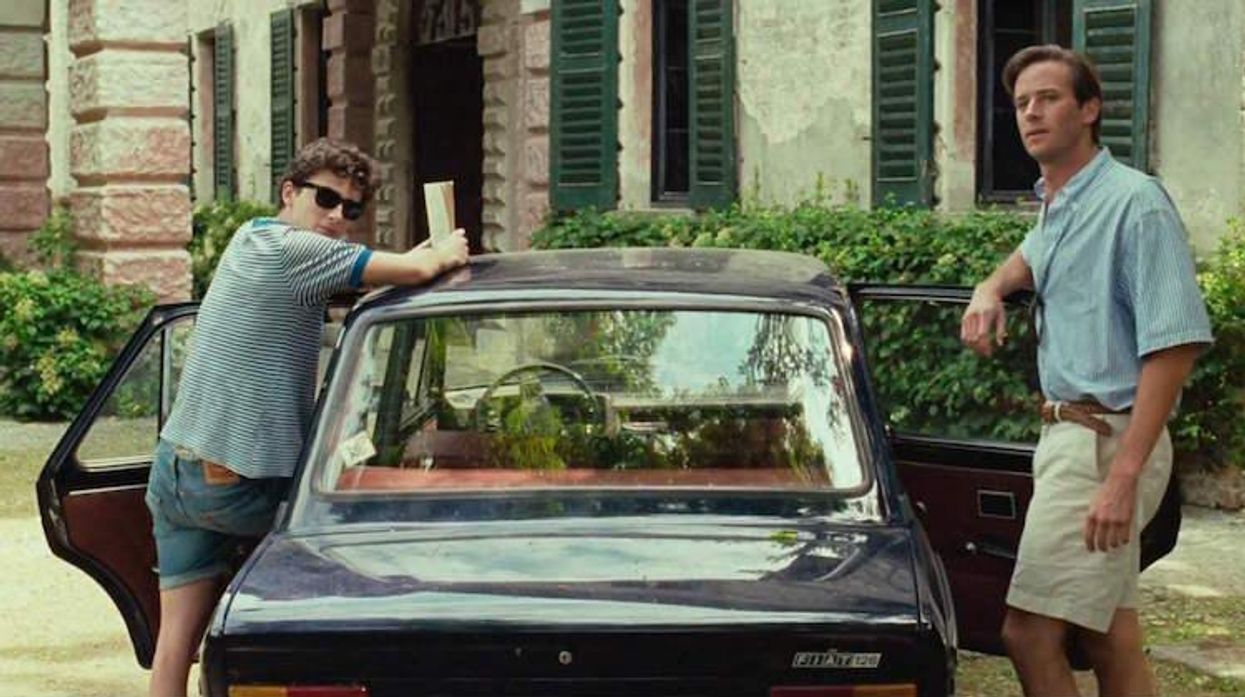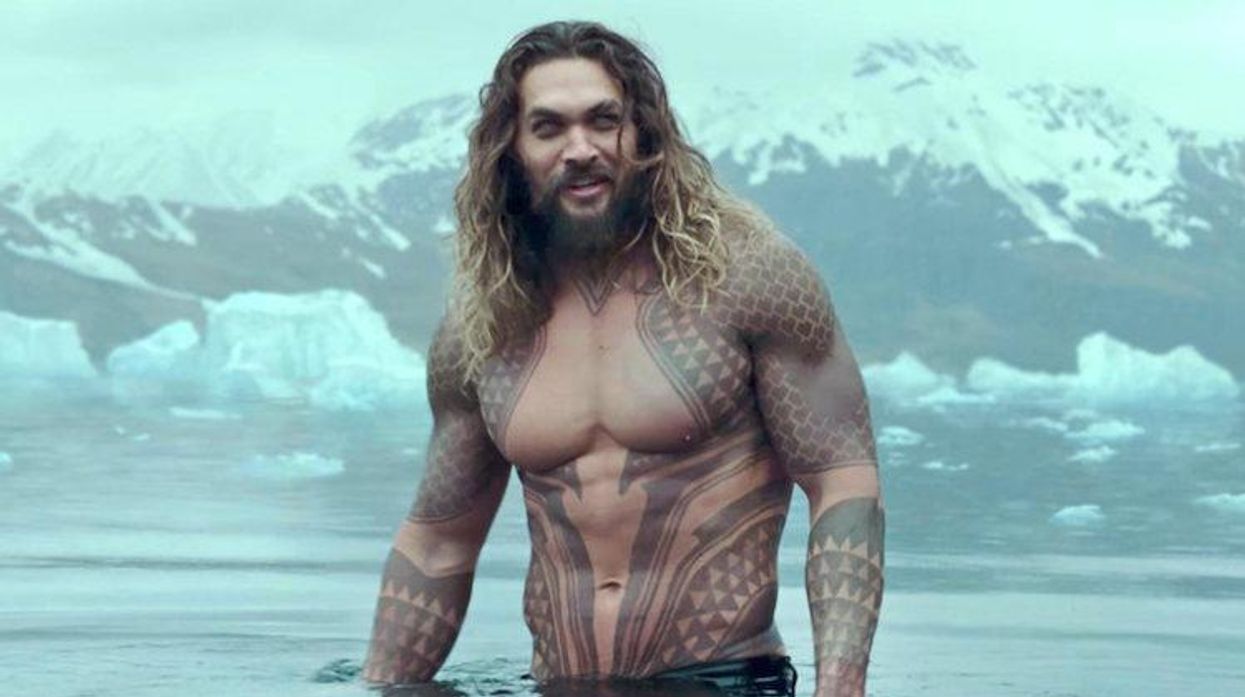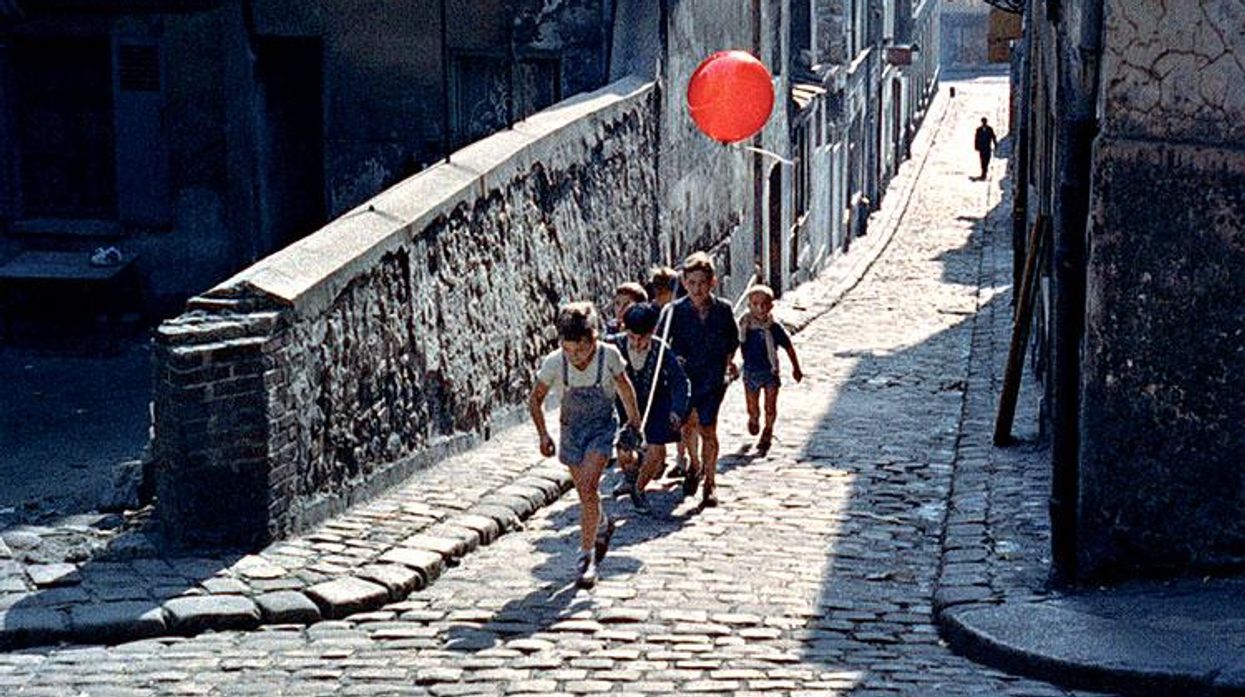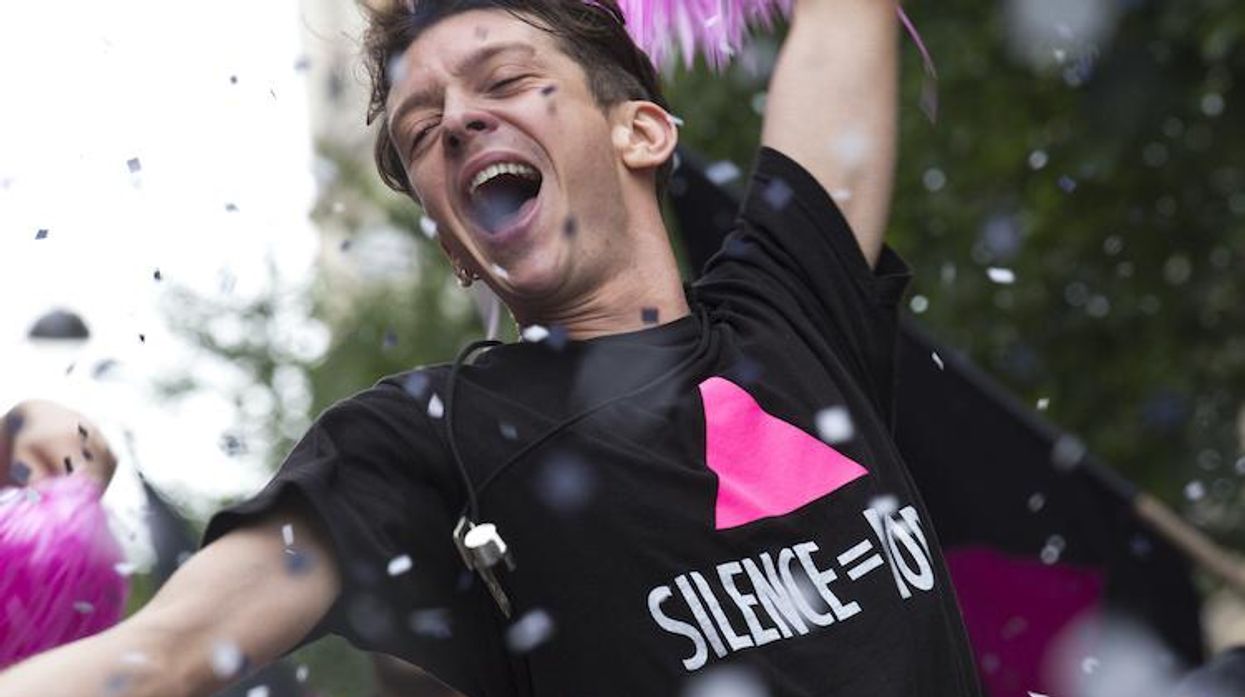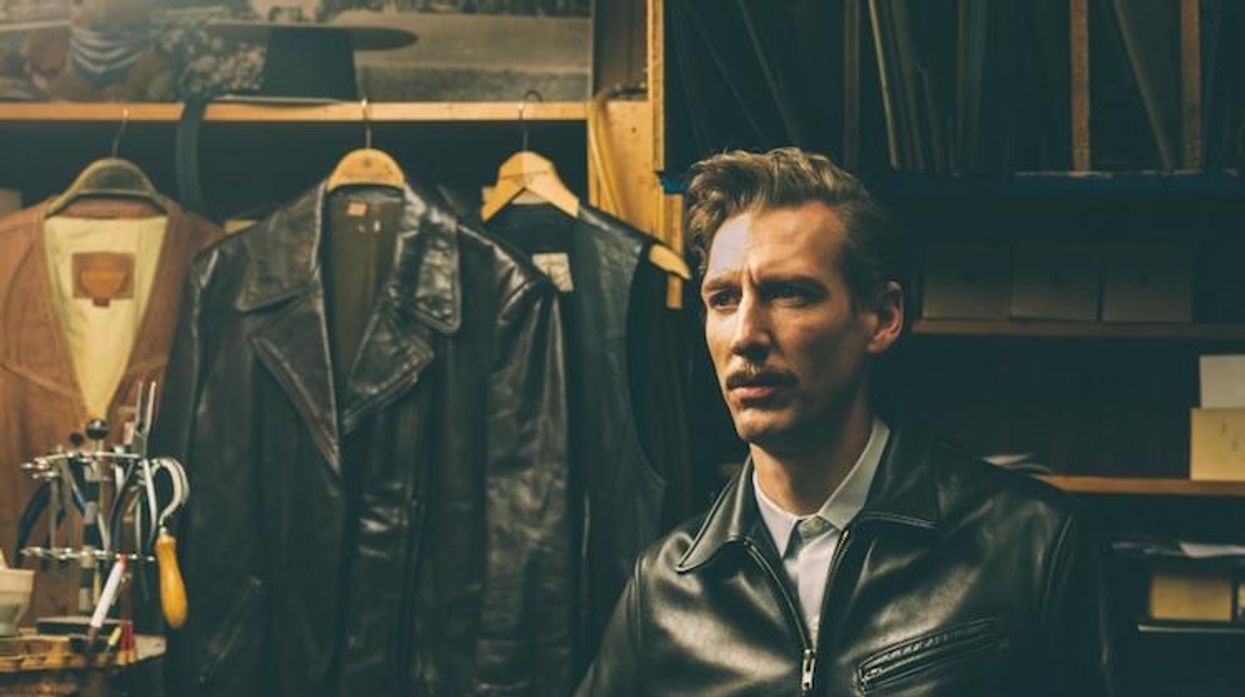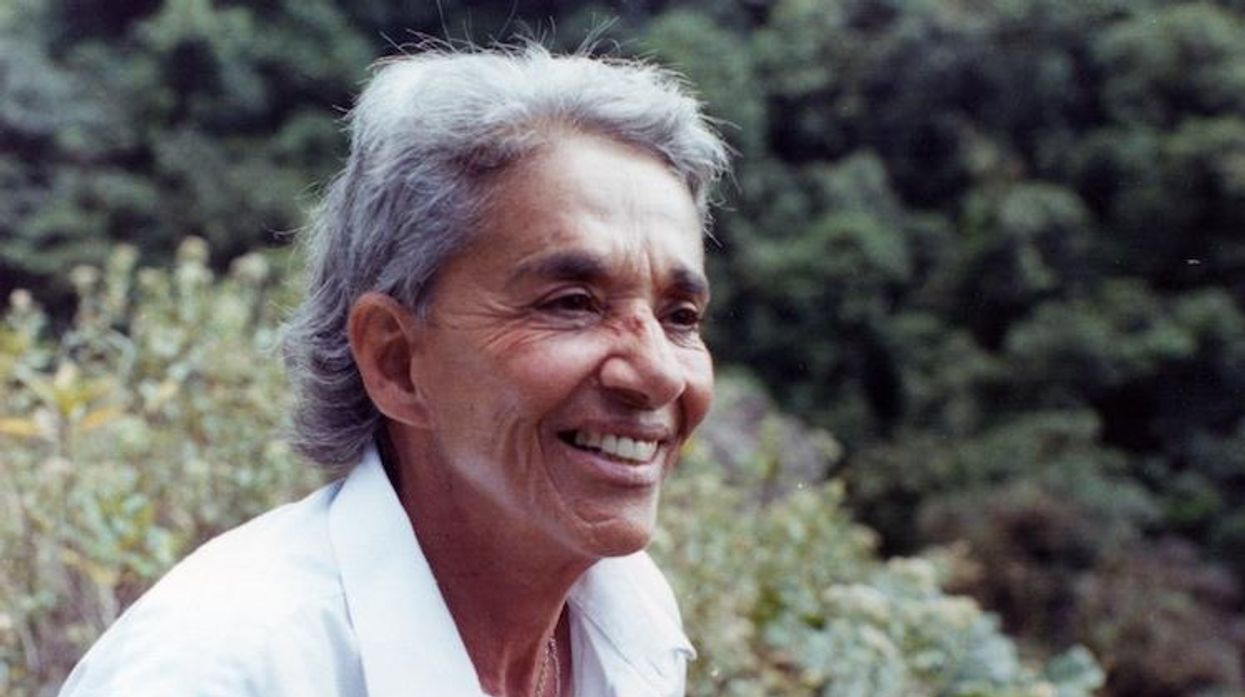Desert Hearts, the 1986 lesbian drama now in revival, will come as a shock to Millennials who fell for such recent lesbian films as Carol and Blue is the Warmest Color. The problem with Carol was its civics lesson on the cliches of 1950s repression; the problem with Blue is the Warmest Color was its how-to manual (Penthouse magazine-style) on lesbian sex positions. Director Donna Deitch resists those prurient cliches by dramatizing two women (Vivian played by Helen Shaver and Cay played by Patricia Charbonneau) who search for fulfillment and find something close to it in each other.
Deitch adapts the novel Desert of the Heart by lesbian Canadian author Jane Rule as a plain melodrama but her film--an independent production--is also a response to the challenge of lesbian self-expression. Rule's plot, set in 1959 at a divorcee's ranch in Reno, Nev., riffs on Hollywood's camp classic The Women, George Cukor's film of the pre-feminist Clare Booth Luce stage comedy about female rivalry and self-esteem. Deitch personalizes the Cukor-Luce concept, turning the ranch into a experiment for romantic self-discovery.
Vivian tells her divorce lawyer, "I'm 35 years old. I want an honest life. I'm leaving a decent marriage to see if I can find one. I yearn for something we couldn't analyze or reason away. I want to be free of who I've been." Cay, who works at a casino, is 10 years younger and openly gay but when she meets Vivian--and sees through her pent-up defensiveness--Cay announces, "I think I found somebody who counts."
This forthright sense of love, desire and satisfaction (implied by the title Desert Hearts) is modest but more effective than the Millennial habit of reducing queerness to some kind of political partisanship. Carol and Blue were about role models, Desert Heartsis about people. Its authenticity is confirmed in Deitch's directorial choices: The Country & Western setting and soundtrack features Patsy Cline's "Crazy," the lesbian bar juke box favorite, with Cline's strong voice ringing-out with female longing a perfect match for Shaver's own throaty, sexy speech. And two memorable scenes: The first, Vivian and Cay confront their desire during a rain shower that is more passionate than anything in Brokeback Mountain and then their love scene: quietly filmed, older/younger breasts pointing to each other in erotic consummation. These scenes are hallmarks of lesbian cinema.
Note that Deitch's favored style of narrative transitions is what's called a "wipe," images change laterally, from left-to-right, as one scene leads into another. It is a cinematic representation of cultural progress and the change of mind that occurs for all the characters: especially Cay and her friends (Gwen Welles, Andra Akers) and family (Audra Lindley, Alex McArthur) who must reconcile feelings about her humanity.
Desert Hearts is known as the mainstream's first lesbian movie, a claim that rightly belongs to Spielberg's 1985 The Color Purple--which has been forgotten in the recent politically-correct hypocrisy of actress Elizabeth Banks. So much of gay film history gets distorted, even by filmmakers who reject the advances of the past in favor of present-day biases--a smugness that makes Millennials feel superior to their ancestors. But when sultry Shaver and Charbonneau, with her toothy, appetitive smile, share their passion, it's like discovering all the hot takes and repressed fantasies that Kelly Reichardt left out of Certain Women. In Desert Hearts, Deitch takes lesbian cinema back to its future.



